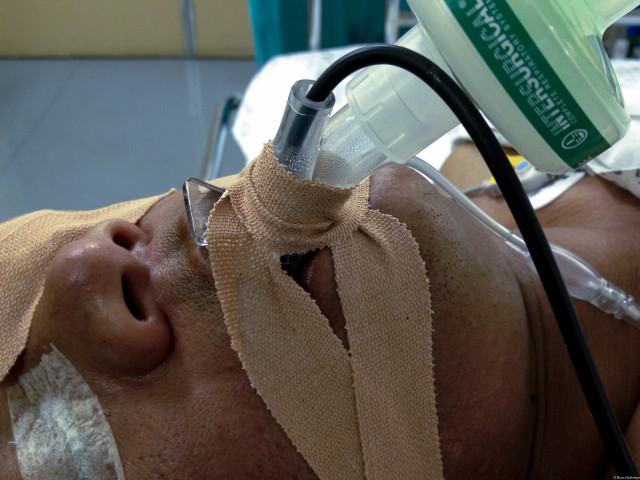Without getting into a lengthy argument about what constitutes a second-generation supraglottic airway (or an extraglottic vs. supraglottic, for that matter), if you are using an SGA with a gastric drainage port (such as the LMA Proseal, LMA Supreme, i-Gel, etc) you have a very simple and easy conduit to insert a mid-oesophageal thermistor probe to monitor patient temperature.

Ideally, to achieve a mid-oesophageal position, you need the probe to extend 5-10 cm past the tip of the SGA, so try and remember to measure the probe against the device before insertion and mark it with a small piece of dressing tape. This has an added advantage of helping prevent air leak via the drainage tube if your SGA is not seated or strapped ideally. Of course, this means that drainage via the oespophageal lumen is significantly impaired, and you cannot insert a gastric tube without removing the probe first, so it is only suited to patients in whom you have little concern regarding reflux and aspiration. Devices that offer twin drainage tubes (such as the 3gLM) are a way around this problem.